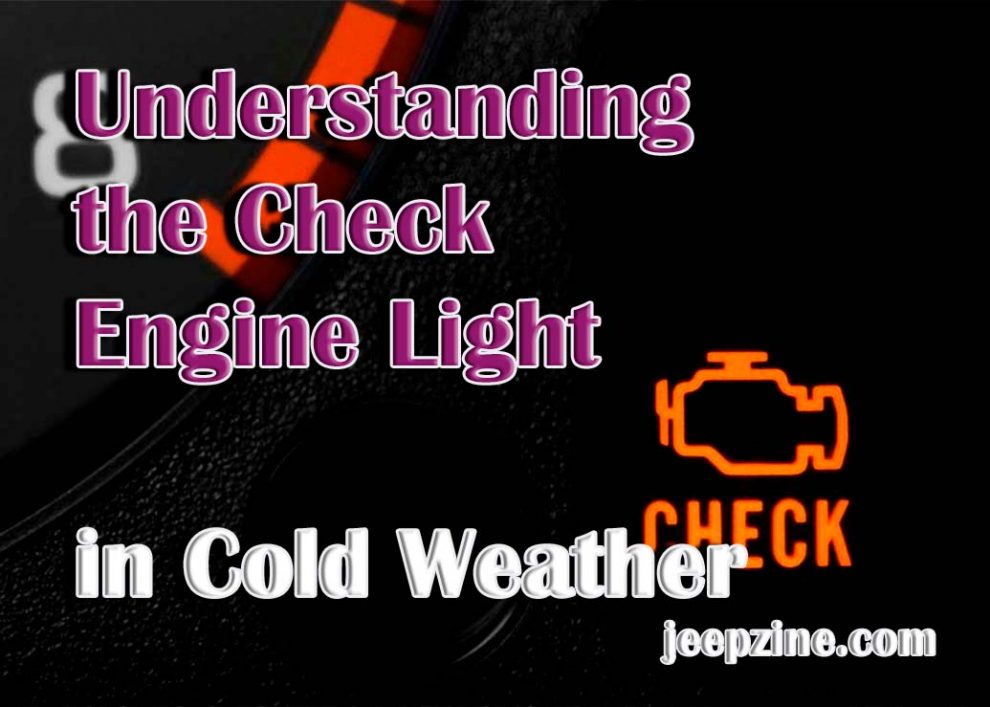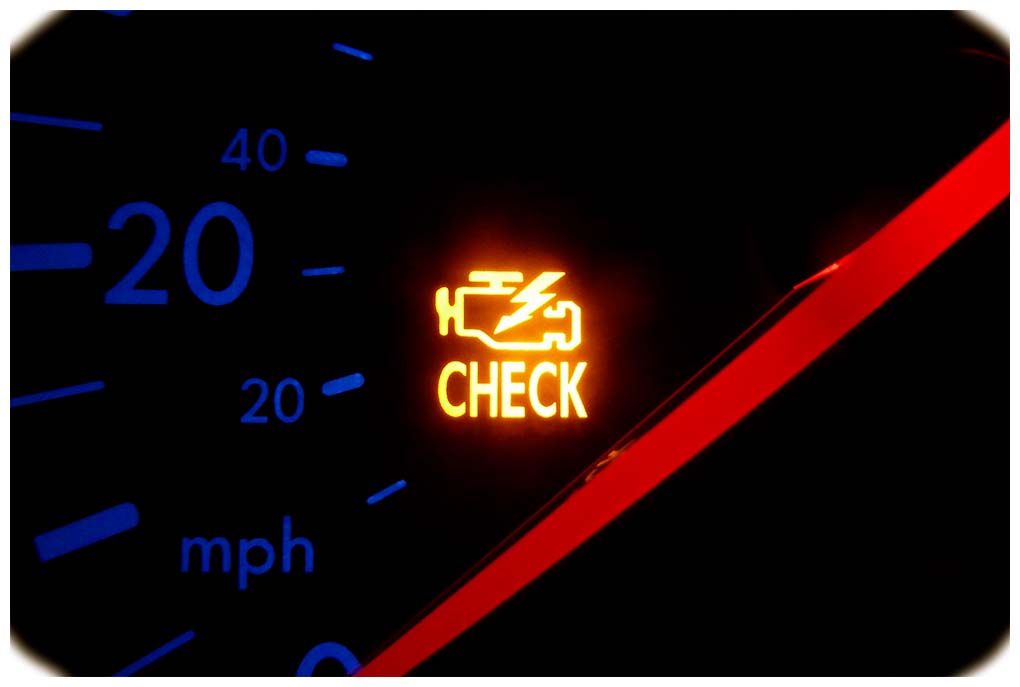The check engine light is a warning indicator in your vehicle that can tell you when something is wrong. In cold weather, this light may turn on as temperatures drop and the car changes its operating conditions. To understand why this happens and how to fix it, it’s important to know what causes the check engine light to come on in cold weather.
What Causes a Check Engine Light in Cold Weather?
There are several factors that cause the check engine light in cold weather. Here are a few common reasons:
- Low battery voltage: Cold temperatures can cause the battery’s voltage to drop, affecting the car’s electrical system. This can cause a misfire, which will trigger the check engine light.
- Faulty sensors: Cold temperatures can impact the accuracy and operation of various sensors in the engine system. For example, the oxygen sensor, which measures the amount of oxygen in the exhaust gases, may provide incorrect readings in cold weather. This can trigger the check engine light to illuminate.
Frozen or moisture-related issues: Cold weather can cause moisture to accumulate in different components of the engine, such as the fuel lines or the intake system. If this moisture freezes, it can disrupt the proper functioning of these parts and trigger the check engine light.
- Cold-induced fuel system problems: In cold weather, the fuel system faces additional challenges. Fuel lines can freeze or become clogged, affecting the fuel flow, and causing engine performance issues. This can lead to the check engine light being activated.
- Exhaust system issues: Cold weather can affect the operation of the exhaust system. For example, a clogged or cracked exhaust pipe can cause back pressure and trigger the check engine light to come on.
- Cold-start system malfunctions: Some vehicles have specific systems to aid in cold starts, such as the cold start injector or the engine coolant temperature sensor. If these components fail or provide inaccurate readings in cold weather, it can result in the check engine light coming on.
It’s important to note that when the check engine light illuminates, it indicates that there is a fault or malfunction within the engine system. It’s advisable to have the vehicle inspected and diagnosed by a qualified mechanic to identify the specific cause of the check engine light and perform any necessary repairs.
How to Diagnose a Check Engine Light in Cold Weather
Diagnosing a check engine light in cold weather requires a careful approach. Start by visually inspecting the vehicle for any visible signs of damage or loose connections. Check for disconnected hoses, damaged wires, or broken components. Next, use an onboard diagnostic (OBD) scanner to retrieve the error codes associated with the check engine light. Research the meaning of these codes online or consult car forums to gain insight into potential causes. Inspect relevant components based on the error codes and research findings. Look for signs of freezing, moisture, or ice buildup, as these can affect engine performance in cold weather. Monitor the engine’s behavior and note any specific symptoms. If you’re unable to diagnose the issue or if it persists, it’s advisable to seek assistance from a qualified mechanic who can perform a thorough diagnosis and accurately identify the cause of the check engine light in cold weather conditions.
How to Fix a Check Engine Light in Cold Weather
Repairing a check engine light in cold weather depends on the cause of the issue. If the cause is related to low battery voltage, replacing, or recharging the battery may be necessary. If it’s due to faulty sensors, those components may need to be replaced or recalibrated. Issues caused by Frozen or moisture-related problems can require cleaning and repairs to fuel lines, intake systems, and electrical connections. For cold-induced fuel system issues, such as clogged fuel lines or filters, these issues must be addressed before repairs can take place. Exhaust system issues may require replacing faulty components such as catalytic converters or EGR valves. Lastly, if it’s caused by a malfunctioning cold-start system component like the cold start injector or engine coolant temperature sensor, these parts may need replacing as well.
Conclusion
The check engine light can come on in cold weather due to a variety of causes, ranging from low battery voltage and faulty sensors to frozen or moisture-related problems. To diagnose the issue, it’s important to use an OBD scanner to retrieve error codes and perform careful visual inspections. If the cause is identified, repairs may be necessary. In some cases, replacing or recalibrating faulty parts may be required. If you’re unable to diagnose the issue yourself, seek assistance from a qualified mechanic who can accurately identify and repair any issues that are causing your check engine light to come on in cold weather.


 Frozen or moisture-related issues: Cold weather can cause moisture to accumulate in different components of the engine, such as the fuel lines or the intake system. If this moisture freezes, it can disrupt the proper functioning of these parts and trigger the check engine light.
Frozen or moisture-related issues: Cold weather can cause moisture to accumulate in different components of the engine, such as the fuel lines or the intake system. If this moisture freezes, it can disrupt the proper functioning of these parts and trigger the check engine light.
Add Comment